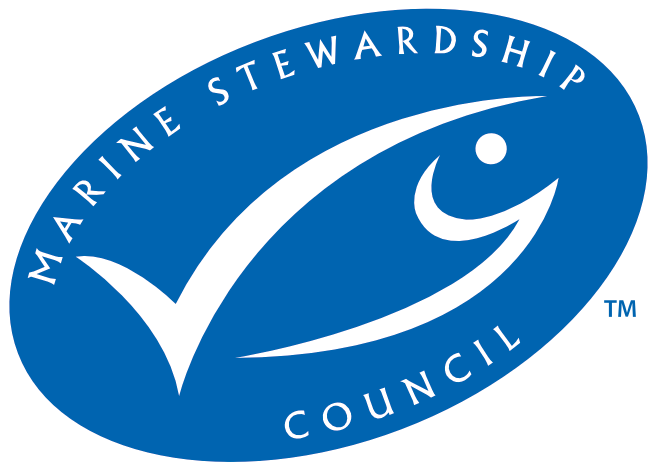
- Certifier :
- Bureau Veritas Certification
- Certified status :
- Certified
- Certified since :
- 13 Sep 2016
- Certificate expires :
- 11 Mar 2027
Overview
Fisheries are composed of one or more parts, each of which is entitled to receive an MSC certificate. These parts or “units” are defined by their target stock(s), fishing gear type(s) and if relevant vessel type(s), and the fishing fleets or groups of vessels.
When the term “Unit of Certification” is used for fishing units that are in assessment, it refers to the “Unit of Assessment” or “Unit of potential certification”. Expand a status below to view the parts that form this fishery. To check the detailed scope, download the latest certificate or open the Assessments page to get the latest report. Find out more by visiting our page on Fisheries
Catch by Species
| Species | Reported Catch Year | Metric Tonnes |
|---|---|---|
| Chilean nylon shrimp (Heterocarpus reedi) | 2024 | 2,906 |
| Carrot squat lobster (Pleuroncodes monodon) | 2024 | 841 |
| Blue squat lobster (Cervimunida johni) | 2024 | 2,022 |
Information is provided by an independent Conformity Assessment Body as live weight (the weight of species at the time of catch, before processing) and where a fishing season covers multiple years, the end year is given as the reported catch year. Additional information is available in the latest report, see the assessments page.
Eligibility, client groups and vessel lists
A fishery may choose to define the members of the fishery certificate. These members can be vessels or other client group members (e.g. companies that own vessels and/or companies that are named as eligible to handle certified product covered within the fishery certificate scope). Please refer to the fishery certificate statement on additional product specific eligibility criteria (e.g. product eligibility limitations, eligibility date, exclusive points of landing and the point where Chain of Custody certificate is required). Please consult the fishery Public Certification Report for product eligibility rationale.
| Documents | Published on | Files |
|---|---|---|
| Vessel List | 02 Sep 2025 | 1 files |
| List of client group members | 17 Nov 2015 | 1 files |
About this Fishery
Nylon shrimp and squat lobsters are targeted by trawling vessels along a large part of the Chilean coast.
Traditionally, crustacean trawlers in Chile used two-panel trawl nets constructed from gear previously used in purse seine fisheries. Factors such as overall size, thick twines, heavy materials and small meshes resulted in poor performance and selectivity. This led to studies to improve the selectivity of the traditional trawl nets and a new design was developed in 2007. Only vessels using the newer, modified trawl gear are covered by the MSC certificate.
The nylon shrimp fishery developed in the 1950s. In 1995, the fishery was found to be fully exploited and catch quotas were introduced. Since 1998 annual seasonal closure between July and August has been in force. Temporary closures of various areas have also been made since 2001. The Fisheries Development Institute (Instituto de Fomento Pesquero - IFOP) who support sustainable development of Chile’s fisheries have monitored the fishery since the 1970s.
The squat lobster fisheries also started in the 1950s and have been subject to conservation measures since the 90s. Biological and seasonal closures, including complete closure of some areas for long periods, and catch quotas have all been introduced. There is an annual closed season between January and March.
Market Information
The fishery's main markets are North America and Europe. Catch is quick-frozen, headed and peeled.